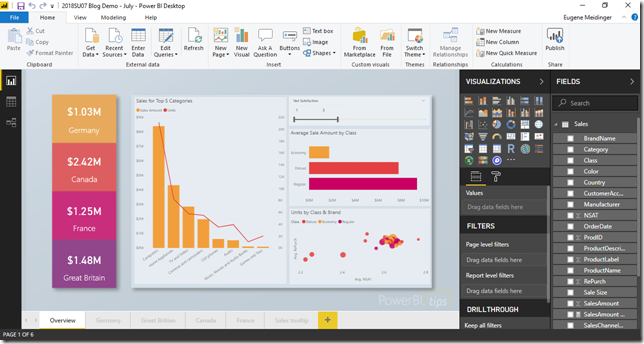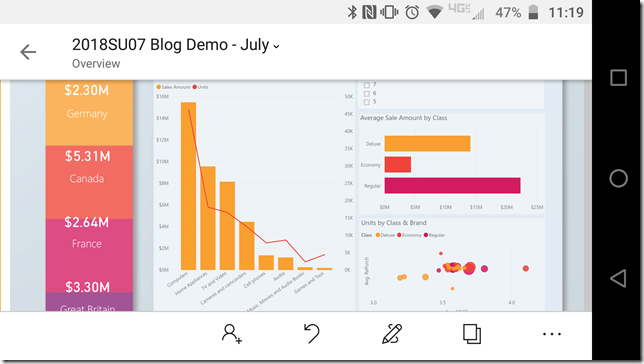Something that some people search for is the question “Why is Power BI Free?”. Power BI is free because it benefits Microsoft to have an easy on-ramp to Power BI and to attract as large an audience as possible. It is in their financial interest.
If you are wondering what the catch is, the catch is that the free version of Power BI has very limited sharing capabilities, among other features.
In this post, I’m going to cover some reasons why Microsoft would make Power BI free. But before we can elaborate on all of that, we need to clarify what we mean by “free”. Read my post from last week for more details.
So why is it free?
So why would it behoove Microsoft to provide a limited free version of Power BI? Some ideas come to mind:
- People can learn for free. This is important since Microsoft is aiming for a broader audience instead of a deeper one. The main target audience for Power BI is the everyday business user, not BI developers.
- People are skeptical. It can be hard to convince a business to make a large investment in a BI product. By having a free version, a small group of people can do a pilot project without spending any money.
- Razors-and-blades sales model. Companies will often sell products at a loss or give them away for free, if there is a paid compliment needed to take advantage of that product. Think about how cheap printers are, but how expensive ink is, for example.
- SaaS is where they make their money. Related to the previous item, Microsoft makes a lot of their money these days from subscriptions. It used to be that they primarily sold software as standalone packages. But in the last few years, they are making more and more money from Saas like Office 365, or cloud computing like Azure. Power BI fits neatly into that space.
- Free dashboards are good marketing. Some people will make really cool and innovative dashboards and then share them publicly. This doesn’t detract from Microsoft’s business model at all. Free users are free marketing.
Overall, Power BI is free because so much of the real value comes from the enterprise collaboration and sharing. You can make beautiful visuals with a lot of tools, but few compare to the IT Governance story that Microsoft has.




